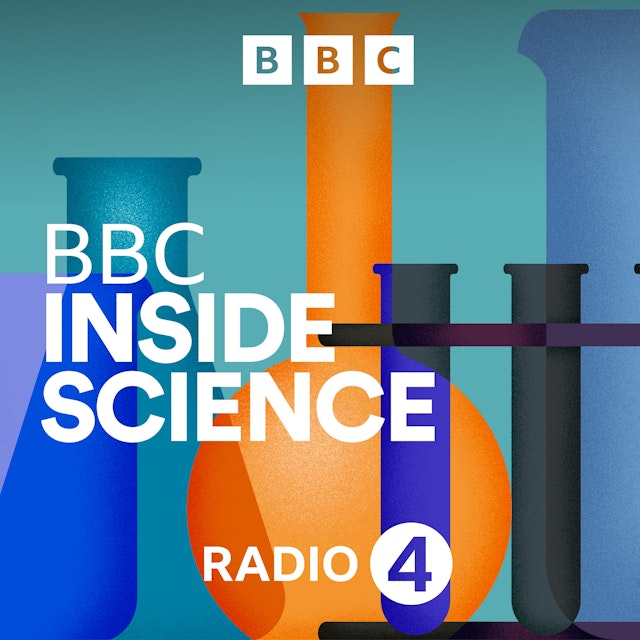On Thursday, The UN Environmental Programme published a report called Making Peace With Nature. It attempts to synthesise vast amounts of scientific knowledge and communicate “how climate change, biodiversity loss and pollution can be tackled jointly within the framework of the Sustainable Development Goals”. But it also offers clear and digestible messages that governments, institutions, businesses and individuals can act upon. Concluding BBC Inside Science’s month-long look at some of the challenges ahead of COP26 in Glasgow later this year, and its sister biodiversity meeting in China, Vic speaks with the report’s co-lead Prof Sir Robert Watson FRS and the Tyndall Centre’s Prof Rachel Warren, also a contributing author. Can all the ills of the natural world really be tackled at once?
Game-shooting, for sport and food, has traditionally used the toxic metal lead for ammunition. In other parts of the world its use has been banned for the dangers to the human food chain and to the pollution in natural environments, and even deaths of wildfowl from poisoning. But not so in the UK. A year ago, as reported on Inside Science at the time, the shooting community announced a voluntary five year transition period to alternative shot materials. But researchers including profs Rhys Green and Debbie Pain from Cambridge University have discovered that a year on, little seems to have changed. Gathering game sold for food across the UK, they found that all but one bird in their sample of 180 contained lead shot.
Meanwhile, up in the Himalayas, Smithsonian scientist Dr Sahas Barva was enjoying the scenery on a cold day off in 2014 when he saw and heard a tiny Goldcrest, thriving in temperatures of -10C. Wondering how such a tiny thing could keep its body insulated, he decided to investigate feathers, and utilizing the huge numbers of specimens in the Smithsonian’s collection he found some striking commonalities in the thermal properties and adaptations of birds everywhere. The higher up they live, the fluffier their coats.
Presented by Victoria Gill
Produced by Alex Mansfield
Made in association with The Open University.
The podcast BBC Inside Science is embedded on this page from an open RSS feed. All files, descriptions, artwork and other metadata from the RSS-feed is the property of the podcast owner and not affiliated with or validated by Podplay.
